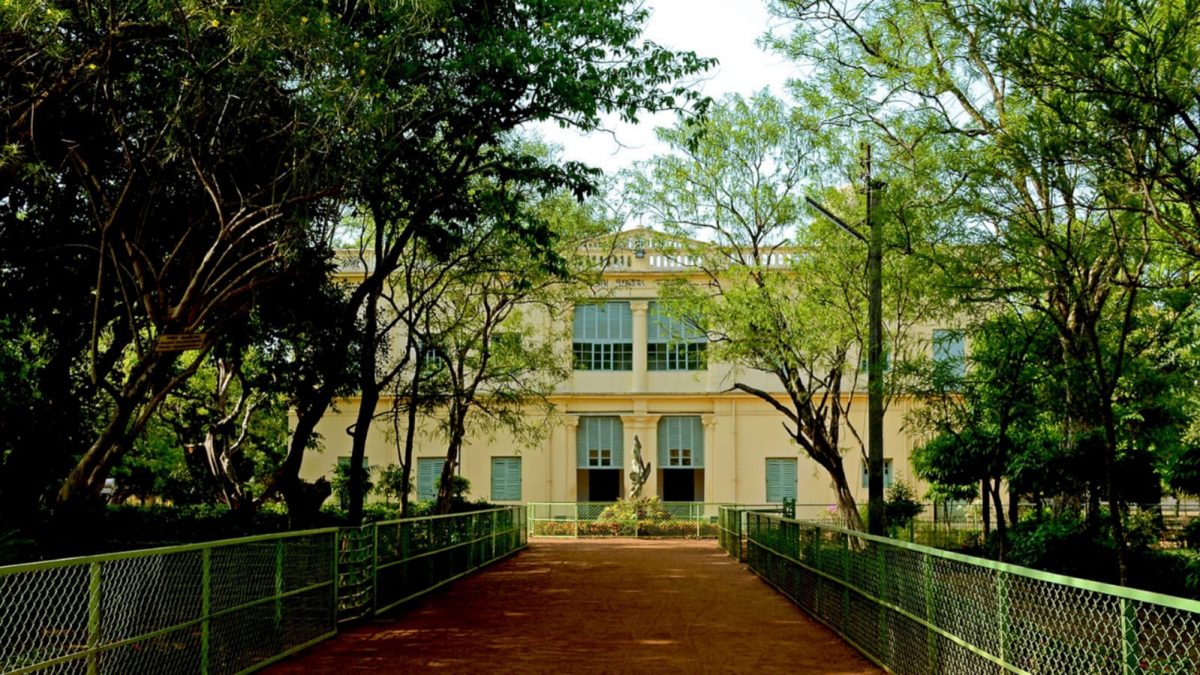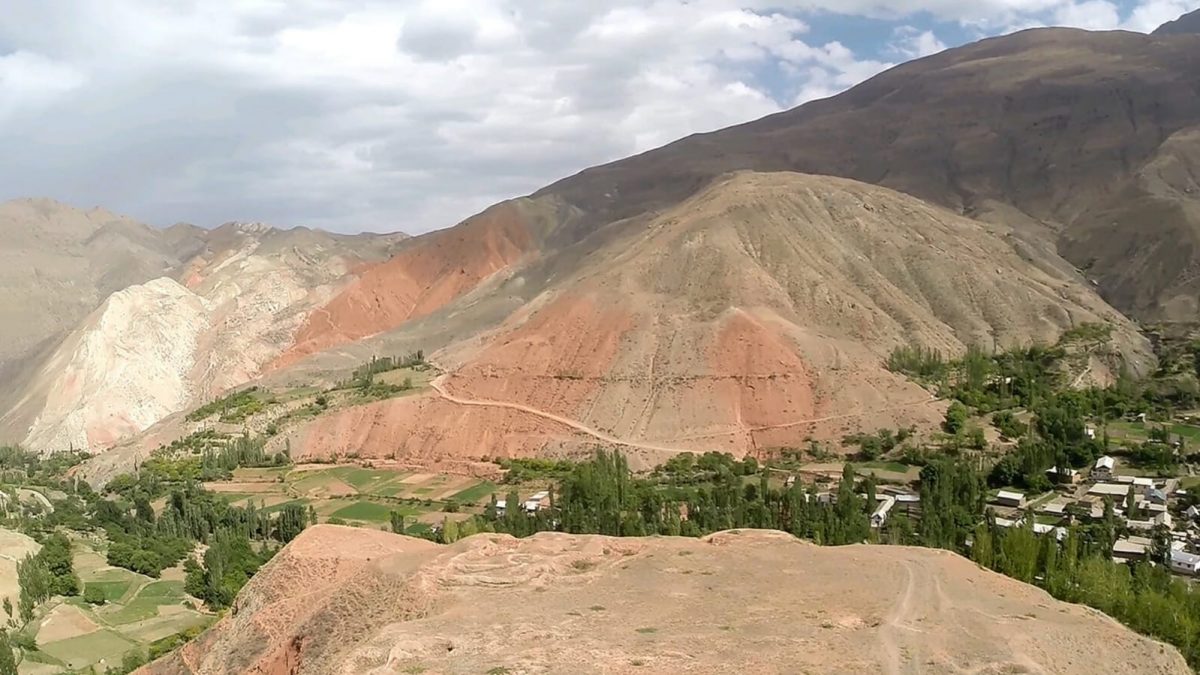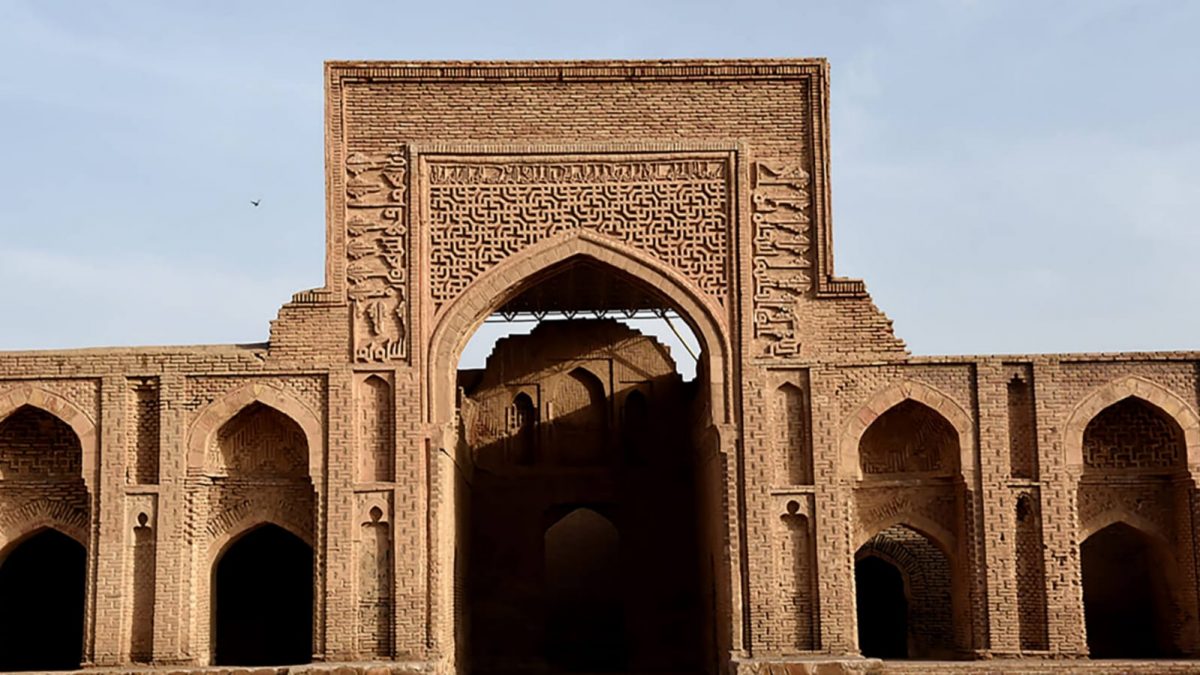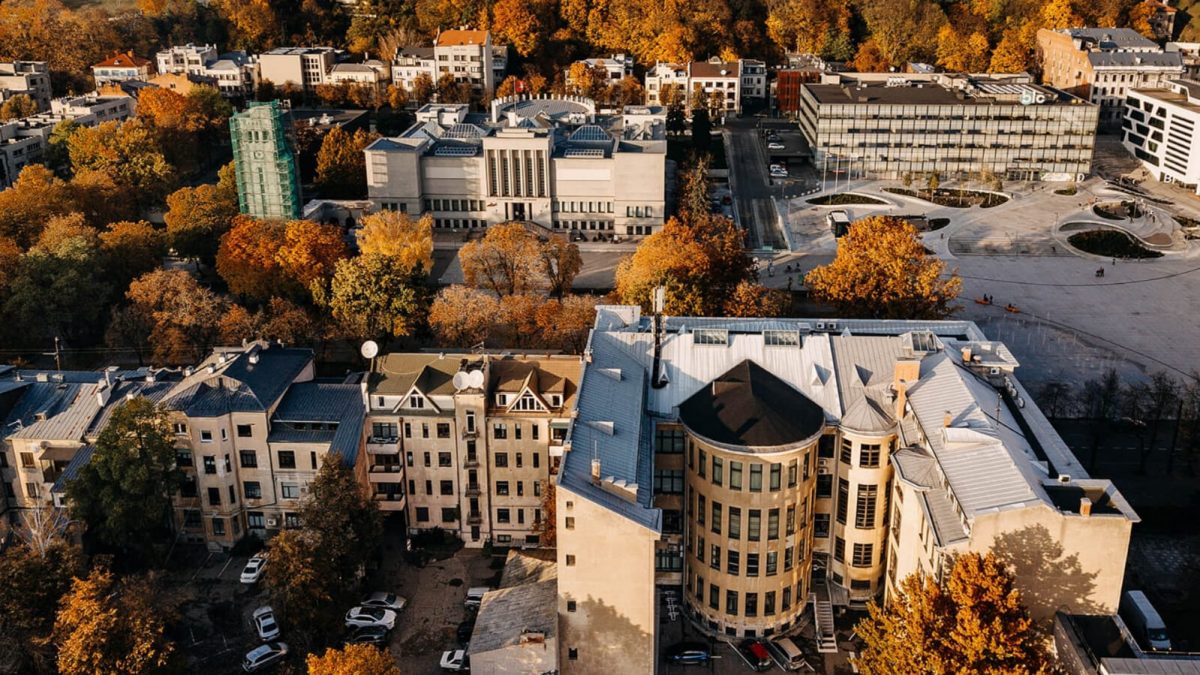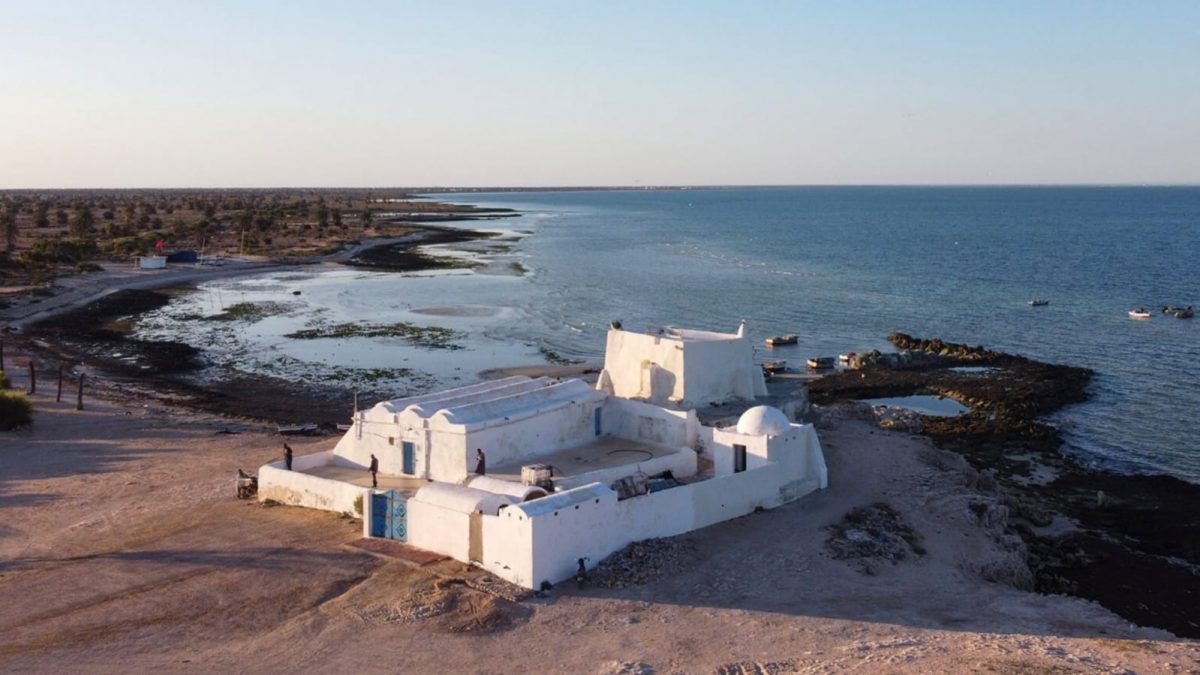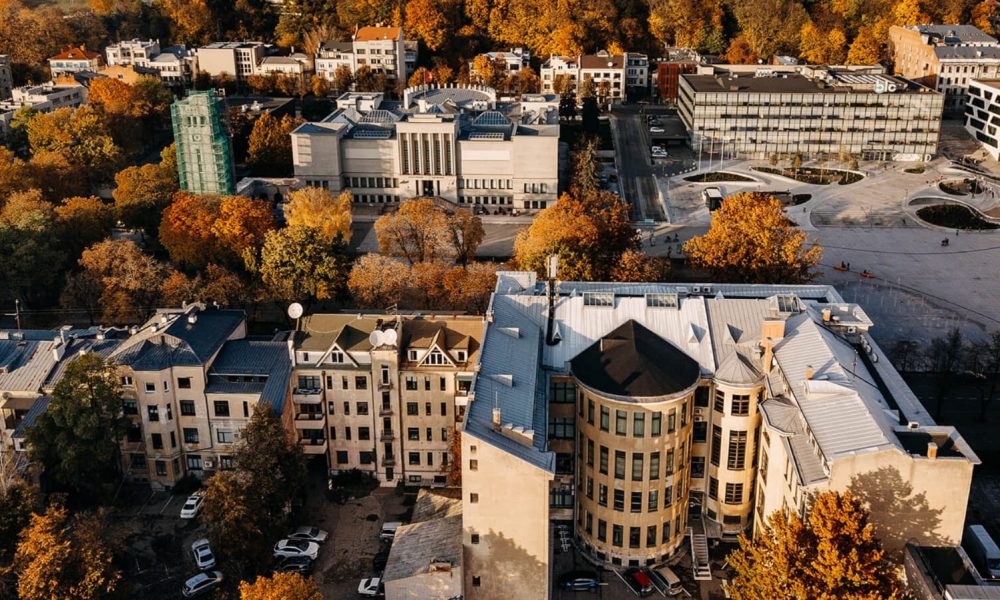
New Delhi: UNESCO has added an impressive list of 42 cultural sites and natural landscapes to its World Heritage list this year. The organization aims to protect and recognize places of outstanding human creativity and natural beauty. The list now includes over 1100 sites, preserving our shared heritage and inspiring us for the future. Representatives from 21 member states have acknowledged the unique heritage of countries like China, India, Tunisia, Iran, Germany, and the West Bank. These sites represent the stories we tell and leave our mark on the diverse landscapes of the world.
1. Santiniketan
In 1901, Rabindranath Tagore, a famous poet and philosopher from Bengal, India, established a residential art school in rural Bengal. The school aimed to promote unity among people beyond religious and cultural differences. In 1921, it became a ‘world university’ and played a significant role in fostering Modernist ideas in Asia. The architectural style of the complex combined elements from various cultures, showcasing efforts to create a modernity that represented Asia.
2. Silk Roads: Zarafshan-Karakum Corridor
The Silk Roads were ancient trade routes that linked Asia to Europe, enabling the exchange of goods and ideas. One important stretch was the Zarafshan-Karakum Corridor in Central Asia, covering 866 kilometers. This corridor passed through mountains, valleys, and deserts, following the Zarafshan River. Settlements along this route became vibrant hubs of culture, where various ethnicities, religions, and technologies converged. This cultural exchange led to innovations like the compass and advancements in printing techniques, explaining their inclusion in the list.
3. The Persian Caravanserai
In Iran, there are numerous roadside inns called caravanserai that served as resting places for travelers. Among them, 54 caravanserai have been recognized as World Heritage sites. These inns are exceptional examples of Iranian architecture, showcasing various styles and adapting to local climate and materials. These beautifully designed buildings span many kilometers and centuries, representing the evolution of Iranian architecture over time.
4. Modernist Kaunas
During the interwar period, the town of Kaunas in Lithuania experienced a sense of optimism for the future, despite the challenges of the Great Depression. As the provisional capital from 1920 to 1940, Kaunas underwent a community-driven transformation, resulting in the development of the Naujamiestis (New Town) and Žaliakalnis (Green Hill) areas with their futuristic urban design. The architecture of Kaunas reflects the Modernist style that emerged during this period, highlighting its significance in human history and deserving preservation.
5. Djerba
The settlement on the island of Djerba showcases how humans adapt to unique environmental, socio-cultural, and economic conditions. This property, listed as a World Heritage site, includes structures dating back to the ninth century CE. Despite the island’s semi-dry and water-scarce environment, the clustered settlements were self-sufficient and connected to religious structures and trading posts through a complex road network. It is a testament to human resilience and resourcefulness.





